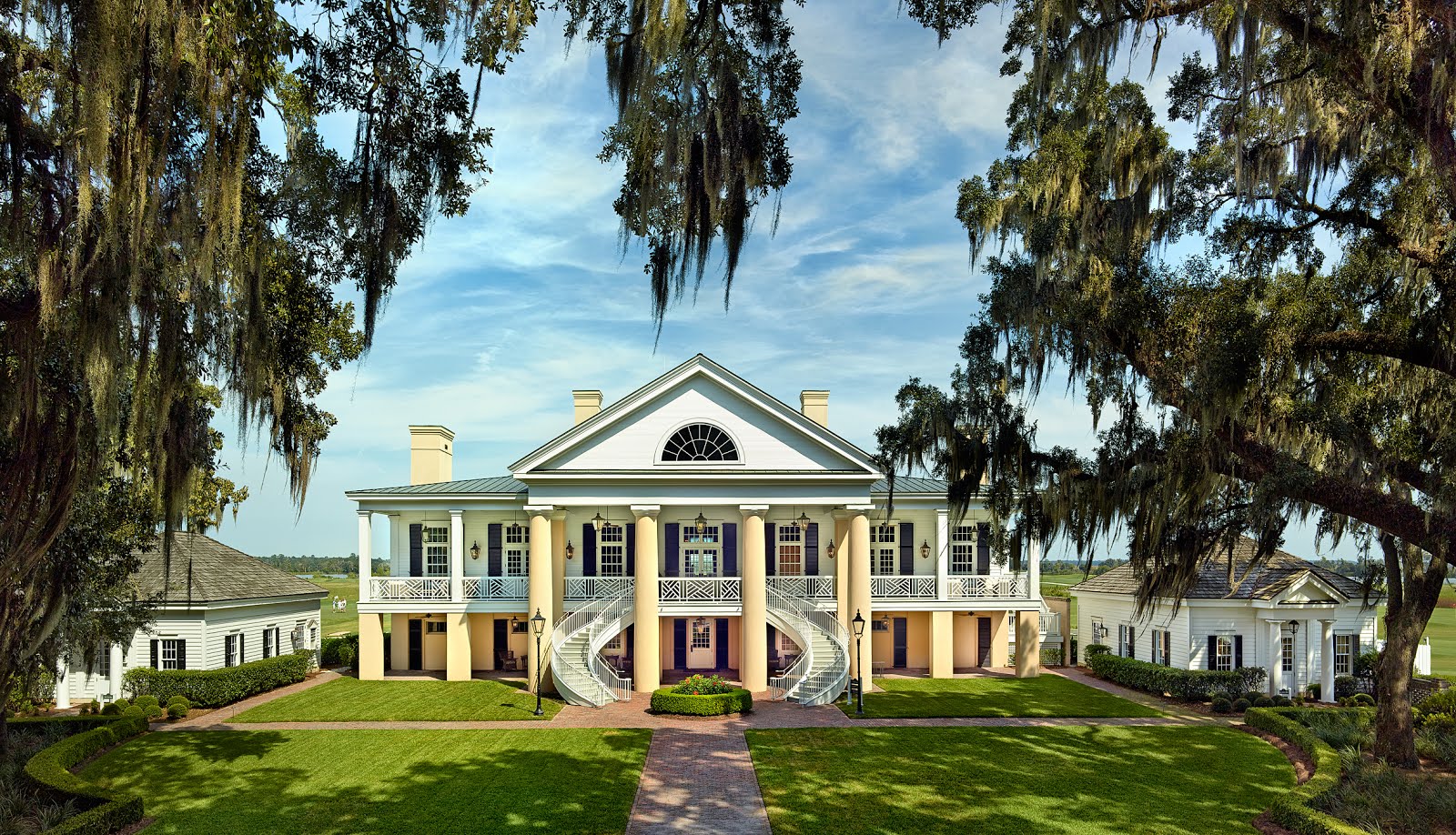Dear Members,
Dormancy is nearly upon us
at TFP, so this week the putting greens will be painted by hand.
 |
| Justin Lumpkin cutting in the paint next to the Tif-grand collar. |
 |
| #11 green getting the treatment |
 |
| It will take us 2 days to paint the 22 greens at TFP |
The Tif-Eagle bermudagrasss greens benefit from the paint application in 2 major ways.
First, the paint acts as an insulator to the grass and helps keep canopy and soil temperatures warmer throughout the winter months. In our research here at Ford, greens with paint on them are less likely to frost over and in addition, have soil temperatures that are generally 3 degrees warmer than non-painted greens.
 |
| #18 getting the treatment |
Second, the paint does add an aesthetic value to the course. In particular, as the bermudagrass surrounding the greens enters dormancy, the green paint adds a nice contrast to the brown look of the rest of the course. Agronomically, its a home run.
Thanks and see you out on the course.
Nelson

|
| Justin Lumpkin and Dane Alexander are experts at the paint application process. |






































